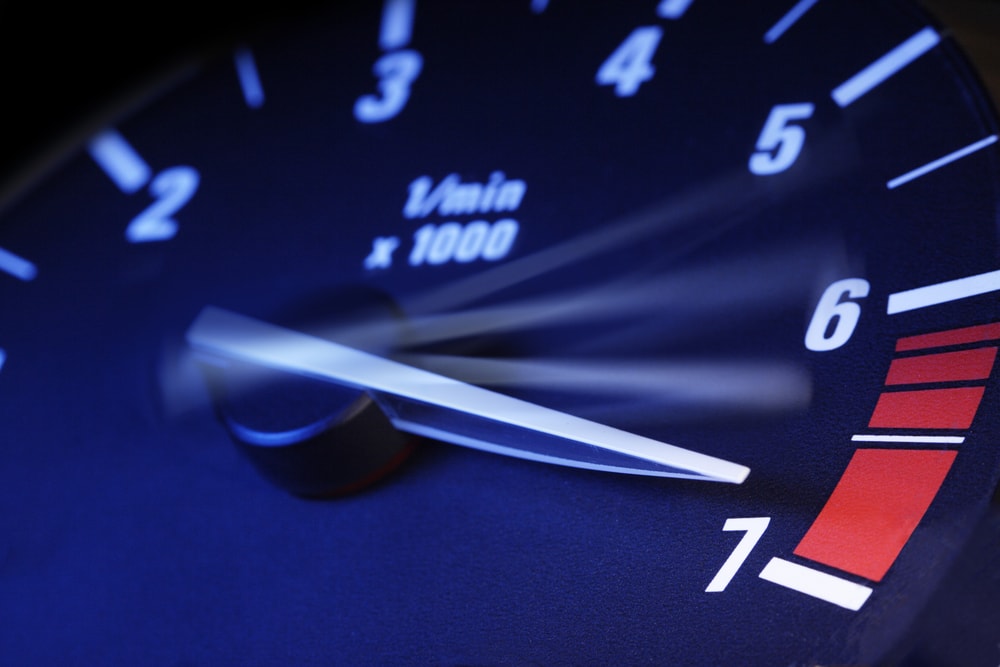
How to Install a Tachometer: A Step-by-Step Guide
Share
If you're a tech professional or a seasoned tech enthusiast, knowing how to install a tachometer is an essential skill. A tachometer is a vital instrument that measures the rotation speed of an engine, providing critical data that can optimize performance. Whether you're working on a classic car, a motorcycle, or any high-performance vehicle, the installation of a tachometer can significantly enhance your understanding of engine performance.
In this guide, we'll walk you through each step of the installation process, ensuring youre well-equipped with all the knowledge necessary for a successful installation. Let's get started!

Understanding the Basics of Tachometers
Before diving into the installation, its important to understand the basics of tachometers and how they function. Generally, tachometers are available in two forms: mechanical and digital. The type you choose to install will depend on your specific needs and preferences.
Mechanical tachometers rely on a flexible shaft connected to the engine, while digital tachometers use sensors to detect engine speed electronically. Digital models tend to offer better accuracy and additional features, making them popular among tech-savvy individuals.
Choosing the Right Tachometer
When selecting a tachometer, consider the following factors:
1. **Compatibility**: Ensure the tachometer is suited for your specific vehicle model.
2. **Range**: Choose a tachometer with a suitable RPM range for your engine.
3. **Display Type**: Decide between analog and digital displays based on your preference for ease of reading.
For further assistance on what tachometer may suit you best, refer to this Tachometer Guide.
Gather Required Tools and Materials
To successfully install a tachometer, you'll need to gather the following tools and materials:
- Tachometer Kit (includes the tachometer, wiring harness, and sender)
- Wire Strippers
- Electrical Tape
- Screwdriver Set
- Wrench Set
- Multimeter for electrical testing
With all your tools and materials at hand, you are ready to proceed to the installation.
How to Install a Tachometer in 10 Steps
Follow these steps to achieve a successful tachometer installation:
- Disconnect the Battery: Always start by disconnecting the negative terminal of your battery to avoid electrical shocks.
- Identify the Mounting Location: Choose a practical location for mounting your tachometer, preferably where it's easily visible.
- Mount the Tachometer: Use screws or brackets to secure your tachometer in place. Ensure its stable and wont vibrate while driving.
- Connect the Wires: Refer to the manufacturers instructions and connect the wiring harness. This typically includes:
- Power wire to the ignition
- Ground wire to the chassis
- Signal wire to the engines ignition coil or crankshaft position sensor
- Testing the Connections: Use a multimeter to ensure your connections are correct. This step is critical to avoiding future errors.
- Secure the Wires: Use electrical tape or zip ties to secure your wires neatly to avoid any interference or damage.
- Reconnect the Battery: Once everything is securely in place, reconnect the negative terminal of your battery.
- Start the Engine: Turn on your vehicles ignition and monitor the tachometer. It should start registering RPM promptly.
- Fine-tuning: If necessary, adjust settings according to the manufacturers specifications.
- Final Check: Ensure all connections are tight and that the tachometer functions accurately.
Common Issues and Troubleshooting
During the installation process, you may encounter some common issues. Here are a few troubleshooting tips:
- No Reading: Ensure all wires are correctly connected, and check the fuse for the tachometer.
- Erratic Readings: If the tachometer shows fluctuating readings, double-check the signal wire connection.
- Inaccurate Readings: This may indicate that the tachometer is not calibrated correctly. Refer to the user manual for calibration instructions.
Maintaining Your Tachometer
Once installed, keeping your tachometer in good condition is vital. Here are some tips for maintaining proper functionality:
- Regularly inspect the wiring for wear and tear.
- Keep the sensing components clean to ensure accurate readings.
- Check the vehicles battery and electrical system periodically.
For more information on maintaining electronic systems in vehicles, you may find this article helpful.

FAQs
1. Can I install a tachometer on any vehicle?
While many vehicles can accommodate tachometers, its crucial to verify compatibility based on the specific engine type and setup.
2. Do I need any special tools for installation?
No special tools are required beyond standard hand tools, but having a multimeter handy is beneficial for testing connections.
3. Will a tachometer enhance performance?
A tachometer helps monitor engine speed, which can lead to better shifting decisions and overall improved performance.
Successfully installing a tachometer can provide you with critical insights into your engine's performance. Following the guidelines shared above will ensure you can tackle this task with confidence. Happy driving!
Externally, you might also like to check out this resource What is a Tachometer? for a deeper understanding.
